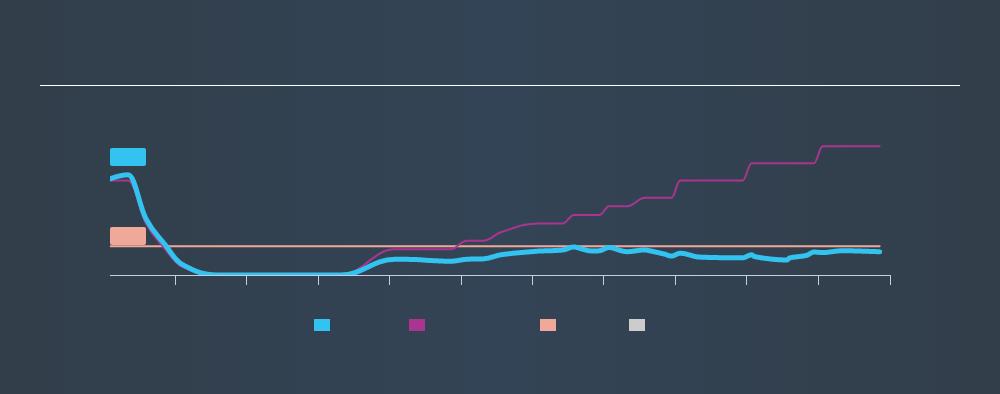- United States
- /
- Banks
- /
- NasdaqGM:TSBK
There's A Lot To Like About Timberland Bancorp, Inc.'s (NASDAQ:TSBK) Upcoming 0.9% Dividend

Regular readers will know that we love our dividends at Simply Wall St, which is why it's exciting to see Timberland Bancorp, Inc. (NASDAQ:TSBK) is about to trade ex-dividend in the next 4 days. If you purchase the stock on or after the 14th of November, you won't be eligible to receive this dividend, when it is paid on the 29th of November.
Timberland Bancorp's next dividend payment will be US$0.3 per share, and in the last 12 months, the company paid a total of US$0.6 per share. Based on the last year's worth of payments, Timberland Bancorp has a trailing yield of 2.2% on the current stock price of $27.76. We love seeing companies pay a dividend, but it's also important to be sure that laying the golden eggs isn't going to kill our golden goose! As a result, readers should always check whether Timberland Bancorp has been able to grow its dividends, or if the dividend might be cut.
View our latest analysis for Timberland Bancorp
Dividends are typically paid out of company income, so if a company pays out more than it earned, its dividend is usually at a higher risk of being cut. Timberland Bancorp has a low and conservative payout ratio of just 20% of its income after tax.
When a company paid out less in dividends than it earned in profit, this generally suggests its dividend is affordable. The lower the % of its profit that it pays out, the greater the margin of safety for the dividend if the business enters a downturn.
Click here to see how much of its profit Timberland Bancorp paid out over the last 12 months.

Have Earnings And Dividends Been Growing?
Businesses with strong growth prospects usually make the best dividend payers, because it's easier to grow dividends when earnings per share are improving. Investors love dividends, so if earnings fall and the dividend is reduced, expect a stock to be sold off heavily at the same time. It's encouraging to see Timberland Bancorp has grown its earnings rapidly, up 29% a year for the past five years.
The main way most investors will assess a company's dividend prospects is by checking the historical rate of dividend growth. In the past ten years, Timberland Bancorp has increased its dividend at approximately 3.2% a year on average. It's good to see both earnings and the dividend have improved - although the former has been rising much quicker than the latter, possibly due to the company reinvesting more of its profits in growth.
To Sum It Up
Is Timberland Bancorp worth buying for its dividend? Companies like Timberland Bancorp that are growing rapidly and paying out a low fraction of earnings, are usually reinvesting heavily in their business. Perhaps even more importantly - this can sometimes signal management is focused on the long term future of the business. Timberland Bancorp ticks a lot of boxes for us from a dividend perspective, and we think these characteristics should mark the company as deserving of further attention.
Want to learn more about Timberland Bancorp's dividend performance? Check out this visualisation of its historical revenue and earnings growth.
We wouldn't recommend just buying the first dividend stock you see, though. Here's a list of interesting dividend stocks with a greater than 2% yield and an upcoming dividend.
We aim to bring you long-term focused research analysis driven by fundamental data. Note that our analysis may not factor in the latest price-sensitive company announcements or qualitative material.
If you spot an error that warrants correction, please contact the editor at editorial-team@simplywallst.com. This article by Simply Wall St is general in nature. It does not constitute a recommendation to buy or sell any stock, and does not take account of your objectives, or your financial situation. Simply Wall St has no position in the stocks mentioned. Thank you for reading.
About NasdaqGM:TSBK
Timberland Bancorp
Operates as the bank holding company for Timberland Bank that provides various community banking services in Washington.
Flawless balance sheet, good value and pays a dividend.
Similar Companies
Market Insights
Community Narratives



